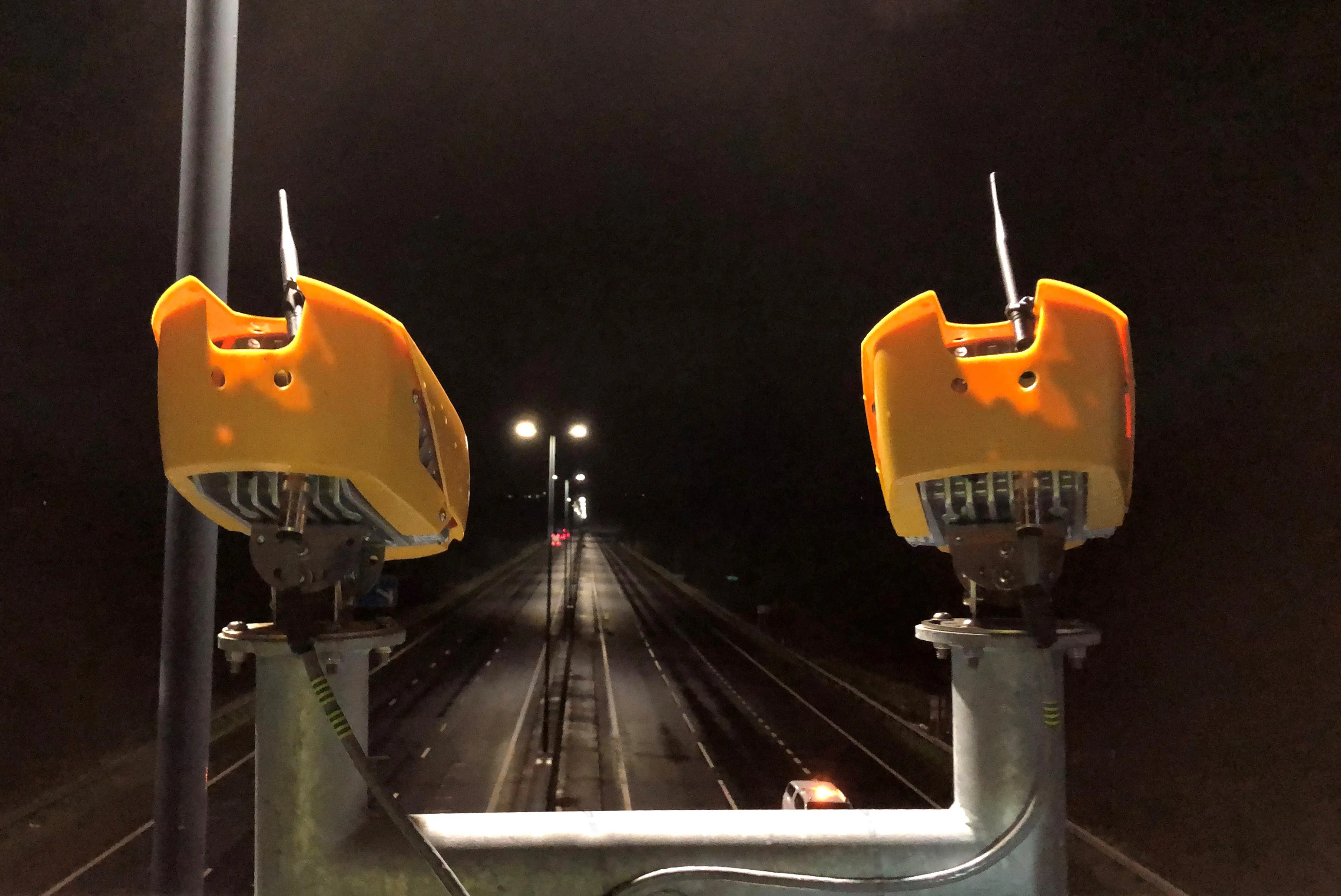Australia’s New South Wales Government has committed US$55 billion (A$72.7 billion) over the next four years to infrastructure investments, including US$31 billion (A$41.4 billion) for roads and transport.
This includes major investment in road and public transport projects across the state: US$5.4 billion (A$7.2 billion) for the third stage of WestConnex motorway project, including the M4-M5 link, as well as investment in the Pacific Highway upgrade.
There is also funding for investment in road upgrades to support Western Sydney airport at Badgerys Creek, as well as the Regional Road Freight Corridor program to create safer, more efficient road freight corridors. US$199 million (A$264 million will be spent across four years to reduce congestion on Sydney roads by addressing critical pinch points and commencing the implementation of the Smart Motorways program on the M4 Motorway.
The budget also includes funding for public transport infrastructure and services, while the ‘More Trains, More Services’ program includes US$500 million (A$658 million) for 24 new air-conditioned suburban trains and extra services across the train network.
More than US$2 million (A$2.8 billion) will go to the Sydney Metro Northwest and City and Southwest program, which will have the capacity to move 40,000 people around the city an hour. A further US$1 billion (A$1.4 billion will be invested in maintaining the Sydney Trains network, along with US$19 million (A $25 million) invested in planning and early work for Parramatta Light Rail, and US7.5 million (A$10 million) towards new Parramatta to Sydney CBD ferries.
Treasurer Dominic Perrottet said the Government’s economic and financial management, and successful reform agenda, meant it could deliver world-class infrastructure and services today, while also building for an even brighter future.
New South Wales budget ‘builds for the future’
Australia’s New South Wales Government has committed US$55 billion (A$72.7 billion) over the next four years to infrastructure investments, including US$31 billion (A$41.4 billion) for roads and transport.
June 22, 2017
Read time: 2 mins







